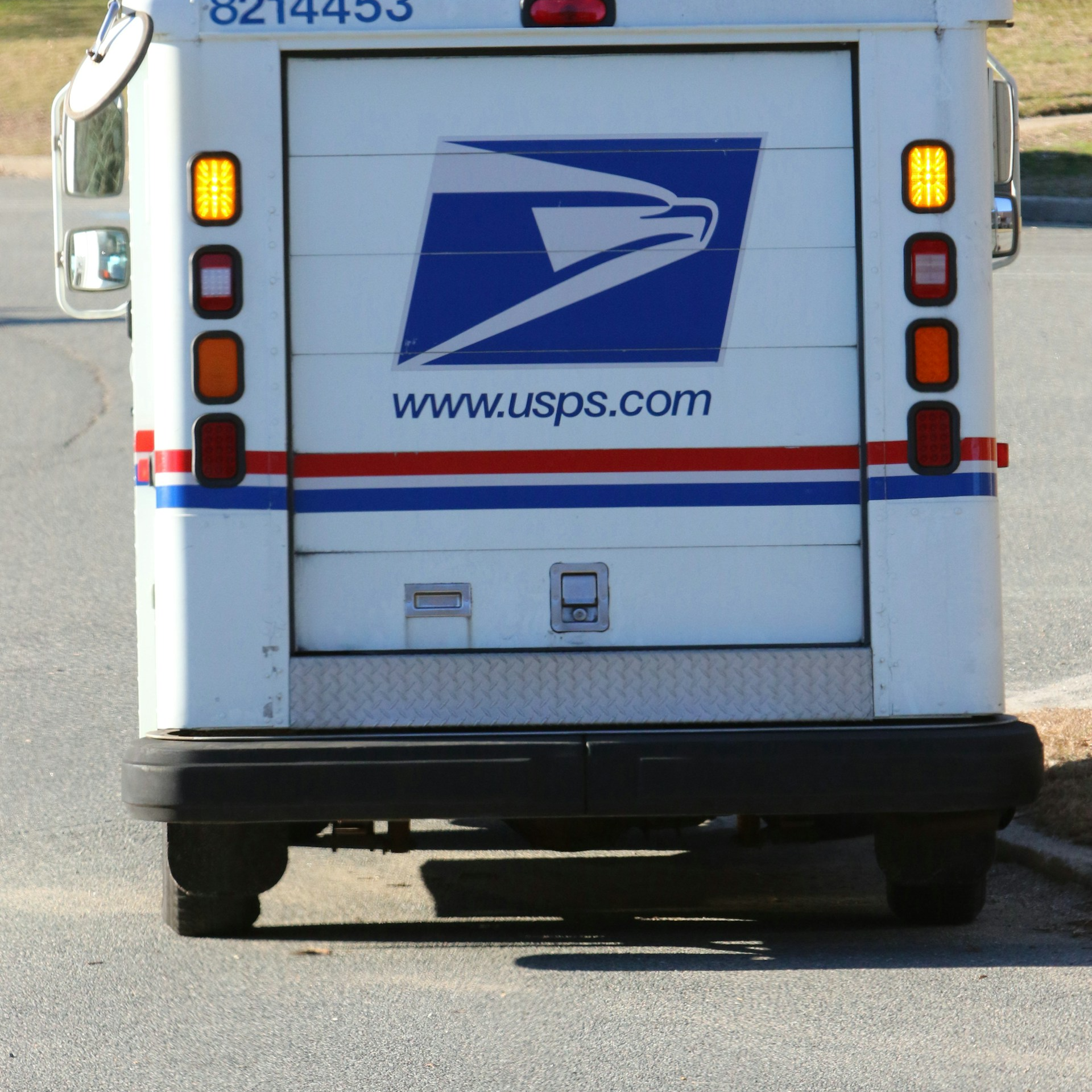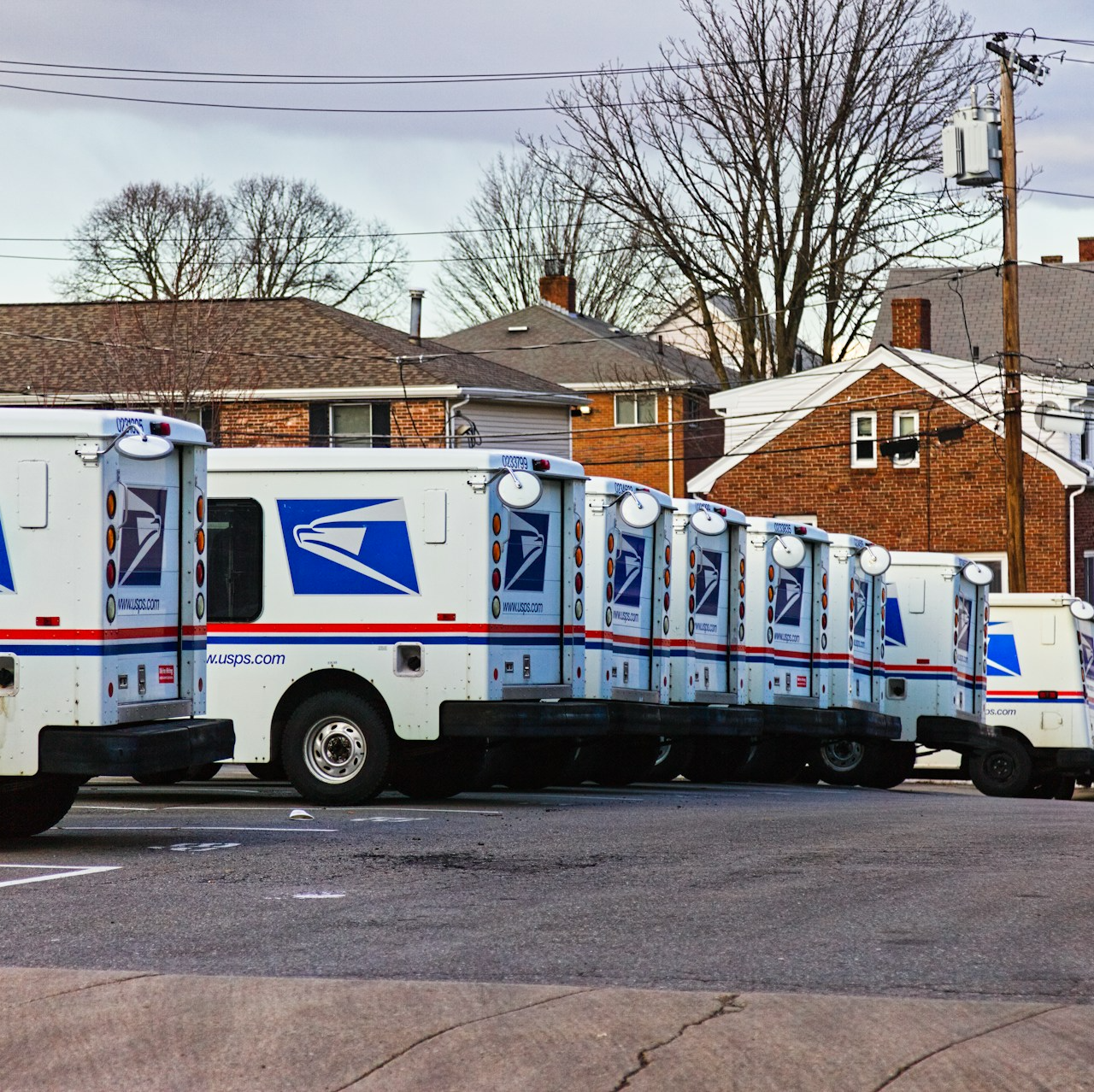Key Takeaways
- The new Postal Service Health Benefits (PSHB) program is set to significantly change health coverage for retired postal workers.
- Retired USPS workers will need to transition from the Federal Employees Health Benefits (FEHB) program to PSHB by 2025.
Retired Postal Workers: How the PSHB Program Will Change Your Health Coverage Forever
For retired postal workers, changes are on the horizon. The introduction of the Postal Service Health Benefits (PSHB) program marks a pivotal moment, especially for those accustomed to the Federal Employees Health Benefits (FEHB) program. With mandatory enrollment by 2025, it is vital to understand how this program will affect your health coverage, the benefits it brings, and the steps you need to take for a smooth transition.
What is the Postal Service Health Benefits (PSHB) Program?
The Postal Service Health Benefits (PSHB) program is a new healthcare initiative specifically designed for current and retired United States Postal Service (USPS) employees. Established under the Postal Service Reform Act of 2022, this program will officially begin in 2025, replacing the existing coverage many retirees have through the Federal Employees Health Benefits (FEHB) program.
This shift was prompted by the need to address the USPS’s long-term financial struggles and rising healthcare costs. Unlike the FEHB program, which covers all federal employees, the PSHB program is specifically tailored for postal workers. The good news is that it should still offer comprehensive coverage, although there will be some notable differences in how it operates.
The Key Differences Between FEHB and PSHB
While the FEHB program has long been the go-to for USPS employees, PSHB will introduce several changes that retired workers need to be aware of:
-
Medicare Integration: One of the most significant changes under the PSHB program is mandatory enrollment in Medicare Part B for eligible retirees. This means that retirees aged 65 and older will need to enroll in Medicare Part B to receive full coverage under PSHB. In the past, FEHB participants could choose whether to enroll in Medicare Part B. The integration of Medicare is intended to reduce the overall healthcare costs for the USPS and retirees.
-
Eligibility Changes: All current and retired postal workers will automatically be transitioned to the PSHB program by 2025. However, there will be exceptions for those who are not Medicare-eligible. Retirees who are under 65, or those who do not meet Medicare eligibility requirements, will still receive coverage under PSHB, but they will not need to enroll in Medicare.
-
Cost Adjustments: While we can’t mention specific costs, it is important to note that with the PSHB program, there could be some changes to premiums, deductibles, and other cost structures compared to FEHB. These will be designed to align more closely with Medicare’s benefits and cost-sharing mechanisms.
-
Plan Choices: Retirees will still have access to various plan options under PSHB, similar to what was offered under FEHB. The choices will likely include plans that mirror popular FEHB options but tailored to integrate more seamlessly with Medicare. This will allow retirees to continue choosing coverage that meets their specific needs.
How the PSHB Program Will Impact Retirees
The shift from FEHB to PSHB will affect retired postal workers in several ways, and understanding these changes will be crucial for managing your healthcare.
Mandatory Medicare Part B Enrollment
If you are a retiree who is 65 or older, one of the most significant changes will be the requirement to enroll in Medicare Part B. While this was optional under the FEHB program, PSHB mandates that eligible retirees sign up for Medicare Part B to maintain their health coverage.
For those who are currently not enrolled in Medicare Part B, it’s important to begin preparing for this shift. Failing to enroll could lead to lapses in coverage or higher healthcare costs. There will be a special enrollment period to help retirees transition into the Medicare program without incurring late enrollment penalties.
Continuity of Care
One of the key concerns for retirees is whether they will be able to continue seeing their current healthcare providers. The good news is that many retirees should experience little to no disruption in their care. The PSHB plans are expected to include a network of healthcare providers that is similar to the FEHB plans, ensuring that retirees can continue their relationships with their current doctors and specialists.
However, it’s essential to check whether your preferred healthcare providers are part of the PSHB plan network. As with any change in health coverage, there may be some differences in provider networks, and being proactive will help avoid any surprises.
Benefits Remain Strong
While there will be some changes, the PSHB program aims to continue offering robust health benefits for postal retirees. You can expect coverage for a wide range of medical services, including preventive care, hospital stays, prescription drugs, and specialist visits. Additionally, by integrating Medicare, the program will reduce some of the out-of-pocket costs associated with healthcare services, providing retirees with more affordable care options.
Steps Retired USPS Workers Should Take to Prepare
As the PSHB program’s 2025 rollout approaches, it’s important for retired USPS workers to take proactive steps to prepare for the transition. Here’s what you should do:
1. Review Your Current Coverage
Start by reviewing your current FEHB plan and determining how it compares to what is expected from PSHB. Consider factors such as provider networks, prescription drug coverage, and the types of services that are important to you. By understanding your current plan, you’ll be better equipped to select a new PSHB plan that meets your needs.
2. Enroll in Medicare Part B (If Eligible)
If you’re not already enrolled in Medicare Part B and you are eligible, make sure to take advantage of the special enrollment period offered to postal retirees. This will ensure that you have seamless coverage under PSHB and avoid penalties for late enrollment. Enrollment in Medicare Part B will also help reduce overall healthcare costs and improve coordination between Medicare and PSHB benefits.
3. Stay Informed
As with any major healthcare change, staying informed is key. The USPS and the Office of Personnel Management (OPM) will be releasing more information as the transition date approaches, so it’s crucial to keep an eye on official communications. Make sure your contact information is up to date so you receive notifications about important changes and enrollment periods.
4. Compare Plan Options
Once PSHB plans become available, take the time to compare the different options. Each retiree’s healthcare needs are unique, and the right plan for you may depend on factors such as chronic conditions, medications, and preferred healthcare providers. Compare plans not only for their coverage but also for how well they integrate with Medicare.
Navigating the Transition: Support and Resources
The transition to PSHB may seem overwhelming, but there are resources available to help retirees navigate this process. USPS and OPM will provide clear instructions on enrolling in the new program, and there will be opportunities to ask questions and receive guidance during the transition period. Additionally, licensed insurance agents can assist in understanding the best options under the new program, helping you select the right plan for your specific needs.
Get Ready for 2025: Secure Your Health Coverage
For retired postal workers, the shift to the PSHB program is a major change that requires careful planning and preparation. While the new program will bring some changes, it also offers opportunities to reduce healthcare costs through Medicare integration and continued access to strong health benefits. By staying informed, enrolling in Medicare Part B, and carefully selecting the right plan, you can ensure that your healthcare needs are met in the coming years.











